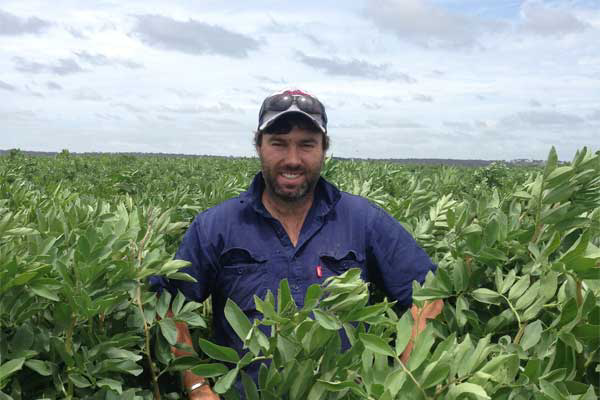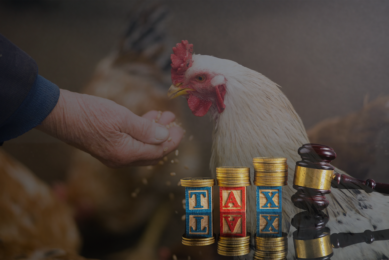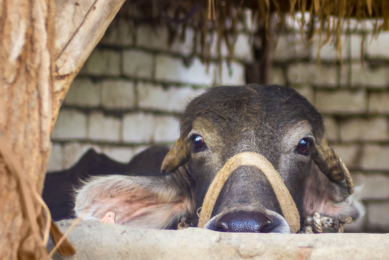How to engage better with chain partners

Mixed farmer Lachlan Seears wants to be as transparent as possible by the way he manages his farm. “It all about bridging the gap between farmers and consumers and communicating the right message.”
By Emmy Koeleman
The battle of agricultural commodities is intensifying, with higher prices for raw materials as a result. “But farmers have to act now to claim their position in the supply chain,” according to a recent statement by Rabobank International. According to the bank, there are several options for farmers to make their returns increase in line with the price spikes. ‘Engaging into a dialogue with chain partners’ is one of them and already been put into practice by Australian mixed farmer Lachlan Seears. During his travels as a Nuffield Scholar, Lachlan gained a greater understanding of the supply chain for the various agricultural commodities that he produces. “Through my travels as a Nuffield Scholar it brought me to 12 countries over a four month period, and I believe that the Australian farmer is doing an excellent job producing various commodities in quite adverse conditions. But also here Down Under we feel the price pressure and farmers are looking for ways to improve their profits,” Seears explains.
Connection with chain partners
He feels that if you are able to better understand your supply chain from production through to processing, all the way to consumption, you will have a greater appreciation and understanding of what is required and what the costs involved are for downstream chain partners. As a result Lachlan has taken the approach to develop better relationships with the processors and marketers who are further along my supply chain. Lachlan says: “Farmers are regarded as commodity suppliers. Farmers have been price takers and traditionally not had much value in the supply chain. I think that the importance of the producer is shifting in that they are being recognised. This is happening as consumers are being educated and gaining an appreciation for how hard it is to produce the commodities that they consume. To increase the dialogue with the consumer and chain partners, as producers, we need to take the first step in making contact with processors. It is usually to gain some insight into markets. But it is not easy. I find it sometimes difficult to communicate with processors along the supply chain. Historically producers have engaged with processors to find out some international market trends etc. Farmers being somewhat sceptical have usually thought that they are only getting part of the information. I am hoping with better communication we should be able to have better market access,” Seears explains.
Use of social media
To connect with the most downstream link in the chain – the end consumer – Lachlan has set up a Facebook page for his company: Boonderoo Pastoral Company. “Social media is a great way to communicate with people that aren’t from a farming background. As a farmer I find social media a great way to inform my friends about how we grow our crops and to promote and show processors and marketers some of the best practices that we have adopted in the production of our commodities. It is also a great way to help close the gap between the farmer in the country and the end consumer in the city, which from my travels last year is getting wider and wider. Children these days are not aware of, nor understand, how the food that they consume is produced. I think as famers we need to be proactive and vocal to show the end consumer what we do,” Seears concludes.

The Boonderoo Pastoral Company
Boonderoo Pastoral Company, based in Lucindale (South Australia), is a family farming business specialising in the production of wheat (7 tonnes/ha), barley (6 tonnes/ha), canola (2.5-3 tonnes/ha), broad beans (3.5-4 tonnes/ha) and irrigated vegetable seed production (which is done under Centre Pivots irrigation). It also has a livestock enterprise. The Seears family run a 5,000 First Cross Ewe flock using White Suffolk Rams to produce a Second Cross lamb for heavy export market and a 500 self-replacing Angus cow herd where heifers are kept as replacements and steers grown out to 300+ kg dressed carcass.
[Source: AllAboutFeed magazine Vol 22 nr 6, 2014]











